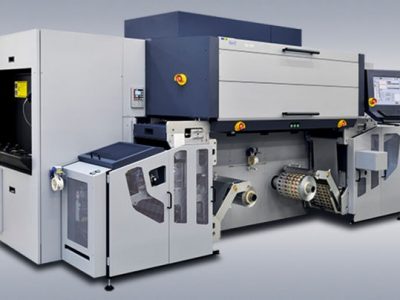Cross tabulation, also known as cross-tabs or contingency tables, is the most common form of compiled statistical data. The method involves grouping variables to understand the association between them using a table with columns and rows of information. The strategy helps researchers find patterns and trends by illustrating how correlations change.
However, to use cross-tabs, users must have data that is categorical and can be grouped in mutually exclusive clusters. For instance, a cross tabulation example depicts a business owner that uses the statistical tool to analyze sales data per region. In this case, the person conducting the analysis will need to set up the data so that no region repeats. Therefore, cities, counties, and states would all be appropriate, since each are distinct areas.
Benefits of cross-tabs
Sometimes data are not easy to understand. Consider how many times you have looked at a simple Excel file with a small data set and still found it cumbersome to understand or derive meaning from the numbers. Cross tab eliminates the confusion by grouping variables. Furthermore, the relationships that the method illustrates between the categorical variables helps individuals obtain insight. These contingency tables also simplify the process of understanding statistical data. Even researchers accustomed to the process of data analysis can become confused by looking at raw information sets. However, this type of categorization clarifies the interpretation process regardless of the person’s level of knowledge in statistical methodologies.
Popularity in survey results
A survey is a way that researchers obtain information from a sample population to understand certain characteristics of a general population through the use of statistical methods. The instrument collects different types of data including quantitative and qualitative data. While historically common in research, businesses have also begun using surveys to understand customers and habits. Companies can use surveys to gain an understanding of their employees. The result of the activity of conducting such questionnaires is aggregate tables that show all the responses to the questions. Researchers can apply cross tabulation to display results from subgroups and investigate correlations among the data. For this reason, its use is especially important and popular with survey results.
Applicability in business data
In organizational data, cross tabulation strategies can provide human resources managers and executives with valuable information on aspects that depict the state of the organization, including employee satisfaction and morale. Many studies, including one published by Alam Sageer, Dr. Sameena Rafat, and Puja Agarwal in the Journal of Business Management clearly illustrate a link between job satisfaction and organizational performance given that employees are the face of a business and directly interact with customers. Therefore, analyzing business data using cross tables is vital an organization’s success.
Another application of the concept in the realm of business data is using information retrieved from customer satisfaction surveys to receive feedback regarding the products and services of a company. Although most businesses understand the value, they may not know how to determine the relationship between variables. For example, companies will often provide incentives for new customers, thus alienating those that have been loyal for years. A well-developed survey that uses cross tabulation can provide insights to determine any association between the sales figures of new customers and old customers and relate these figures with satisfaction results. Additionally, market researchers can use contingency tables to determine customer behavior and perspective on a wide range of issues that include buying habits, opinions, and intent on future investments, among many others. The advantages of this tool are limited only to the imagination of the researcher.












Comments